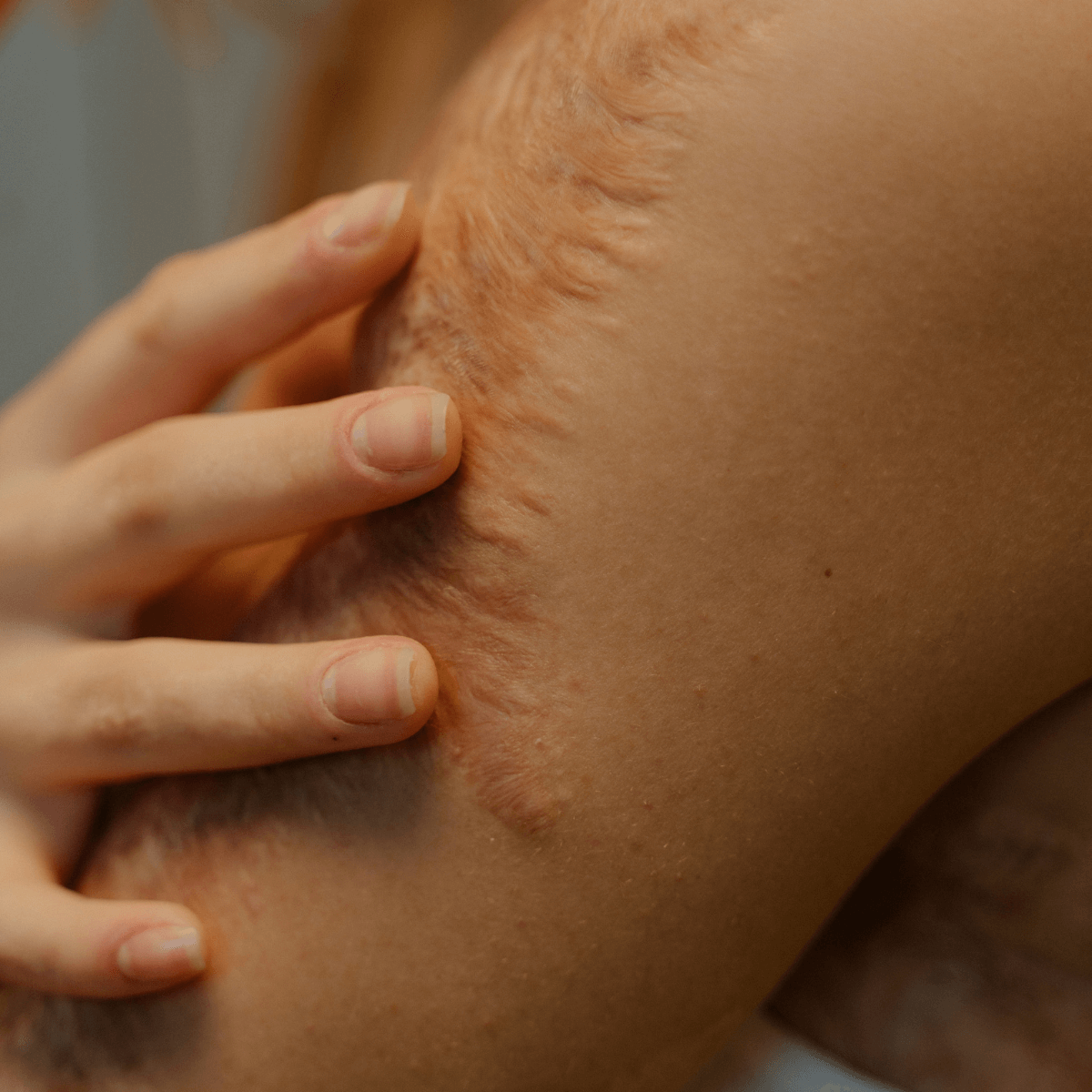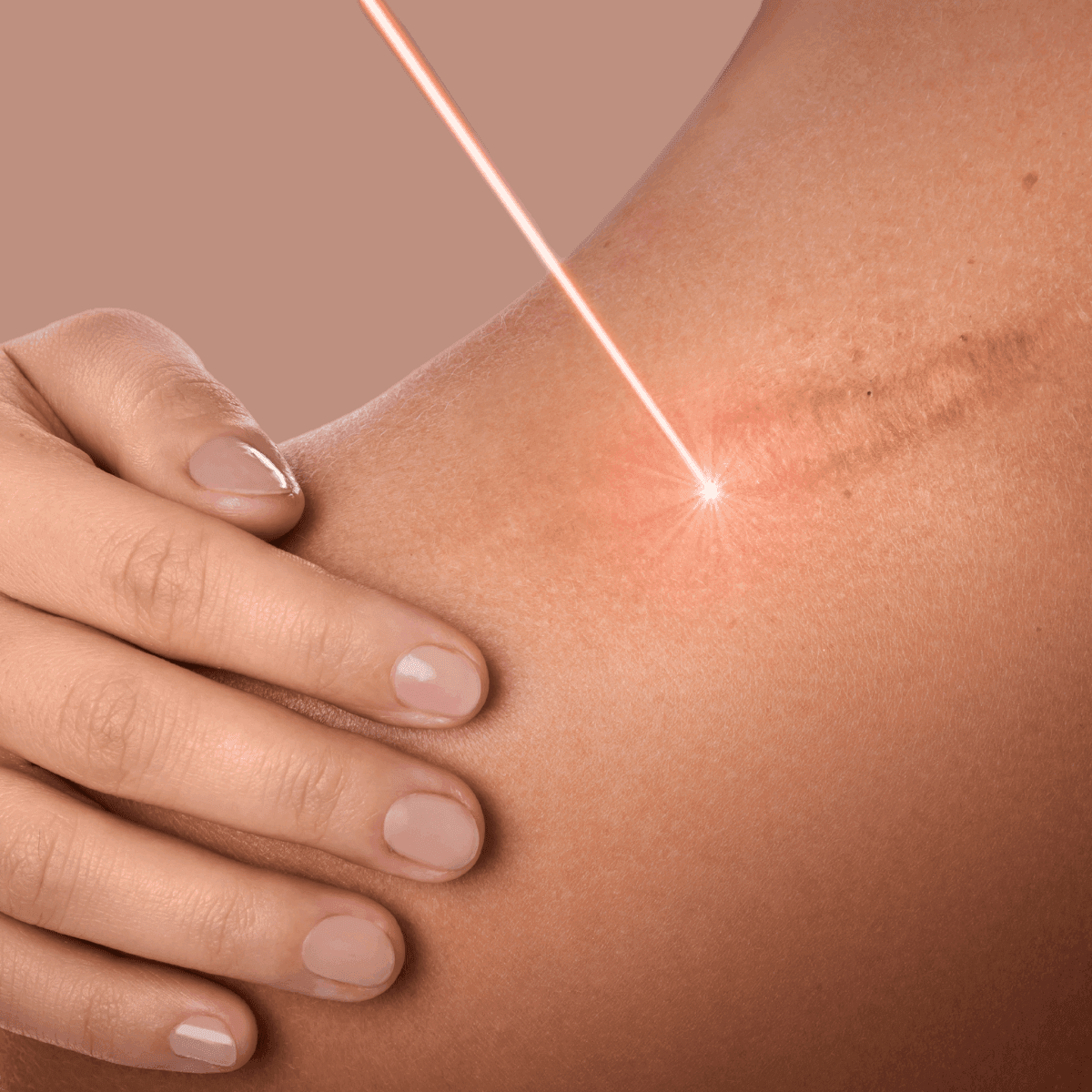Scars are the physical embodiment of life’s stories. Whether it’s the mark from your childhood bike accident, a surgical reminder, or a stubborn acne scar, each one is a little piece of your past. But what if those scars aren’t the kind you want to show off? The good news is that scar revision treatments have come a long way, offering plenty of options to smooth, fade, or even erase those pesky marks.
In this article, we’ll walk you through why scars form, the best ways to tackle them, and how to choose the right treatment for your skin.
Contents
- 1 What Are Scars and Why Do They Form?
- 2 Overview of Scar Revision Treatments
- 3 How to Choose the Right Treatment
- 4 What to Expect During and After Scar Revision Treatments
- 5 Preventing Future Scarring
What Are Scars and Why Do They Form?
Scars are your body’s way of patching up damage, but let’s just say the results don’t always blend in with the original design. When your skin is injured, it kicks into overdrive to heal itself. This involves producing collagen to close up the wound.
Unfortunately, your body doesn’t always get it right – too much collagen can lead to raised scars like keloids, while too little can leave sunken, atrophic scars. Other factors, like the size of the wound, your skin type, and even your genetics, can also affect how scars look.
Here’s a quick breakdown of the most common scar types:
- Hypertrophic scars: These are raised and red but stay within the boundaries of the original injury. Think of them as scars that overachieved in the healing process.
- Keloids: Similar to hypertrophic scars but with extra enthusiasm – they grow beyond the wound’s edges and can feel firm or rubbery.
- Atrophic scars: Often caused by acne or chickenpox, these scars look like small depressions in the skin.
- Contracture scars: Usually from burns, these tighten the skin and can even affect movement if severe.

Overview of Scar Revision Treatments
Scars may be stubborn, but they’re not invincible. Thanks to modern technology and a little ingenuity, there are plenty of ways to make scars less noticeable. Here’s a closer look at the main types of treatments:
Non-Invasive Treatments
Laser Treatments
Laser therapy is a rock star when it comes to scar revision. Techniques like fractional lasers or pulsed-dye lasers can resurface the skin and target redness, making scars look smoother and less noticeable. It’s a game-changer for all types of scars, though multiple sessions are usually needed.
Microneedling
Imagine tiny needles creating microscopic wounds on your skin to kickstart collagen production. Microneedling does just that. Add in PRP (platelet-rich plasma) for an extra boost, and you’ve got a powerful combo for improving texture and reducing scar appearance.
Chemical Peels
While they’re usually known for tackling wrinkles or dullness, chemical peels can also help with scars. Mild peels exfoliate the top layer of skin, while deeper peels target more stubborn scar tissue.
Minimally Invasive Treatments
Dermal Fillers
Perfect for atrophic scars, dermal fillers work like a magical plumper, filling in the depressions to create a smoother surface. The downside? They’re temporary, so touch-ups are needed.
Steroid Injections
If your scar is raised or itchy, steroid injections can help flatten and soften it over time. This treatment works particularly well for keloids and hypertrophic scars.
Surgical Options
Scar Excision
For deep or large scars, excision involves cutting out the old scar and stitching the skin back together. Think of it as a reset button for your skin.
Skin Grafting
Used for severe scars, especially from burns, this method involves taking healthy skin from another part of your body to cover the scarred area.
At-Home and Topical Treatments
Silicone Gel Sheets or Creams
Silicone is a favorite in the scar world for its ability to hydrate the skin and improve texture. Regular use can make scars softer and less noticeable over time.
Retinoids
Known for their anti-aging properties, retinoids can also work wonders on scars by promoting cell turnover and reducing discoloration.
Sunscreen
Don’t underestimate the power of SPF. Scars exposed to the sun can darken and become more noticeable, so slather on sunscreen daily to keep them protected.

How to Choose the Right Treatment
With so many options, deciding on the right treatment can feel overwhelming. Here’s how to narrow it down:
- Know Your Scar Type: Different scars require different approaches. For example, lasers work well for hypertrophic scars, while fillers are better suited for atrophic ones.
- Consider Your Skin Tone: Some treatments, like lasers, can affect pigmentation in darker skin tones, so it’s essential to choose a method that’s compatible with your complexion.
- Budget Matters: Treatments like microneedling or fillers can be more affordable than surgical options, but you’ll need to weigh cost against results.
- Consult a Professional: A dermatologist or licensed aesthetician can assess your scar and recommend the best course of action. This is particularly important for advanced treatments that require expertise.
What to Expect During and After Scar Revision Treatments
So, you’ve picked your treatment – now what? Knowing what to expect can make the process a whole lot smoother.
- During Treatment: Laser and microneedling sessions might involve some discomfort, often described as a mild stinging or prickling sensation. Topical treatments are pain-free but require consistent use for noticeable results.
- Downtime: The recovery time depends on the treatment. Non-invasive options like chemical peels or microneedling might leave your skin red for a day or two, while surgical procedures could take weeks to heal fully.
- Aftercare: Proper aftercare is crucial. This includes keeping the area clean, avoiding sun exposure, and following your provider’s instructions. Think of it as protecting your investment – you’ve put in the effort, so don’t skimp on the maintenance!
Preventing Future Scarring
While you can’t entirely prevent scars, you can certainly minimize their appearance by taking good care of your skin.
- Wound Care 101: Clean cuts or scrapes gently with soap and water, then keep them covered with a bandage. This helps reduce inflammation and scarring.
- Moisturize and Protect: Applying a hydrating ointment or silicone gel can speed up healing and reduce scarring.
- Act Fast: Treating scars early gives you a better chance of reducing their visibility, so don’t wait too long to take action.
Scars may be a natural part of life, but they don’t have to be permanent reminders of past injuries or conditions. From high-tech lasers to trusty silicone creams, there’s a scar revision treatment for just about everyone. The key is finding the one that suits your scar type, skin tone, and lifestyle.
With the right approach and a bit of patience, you can smooth out your skin and gain a little extra confidence along the way. So why wait? Your skin’s next chapter could be its best one yet!


